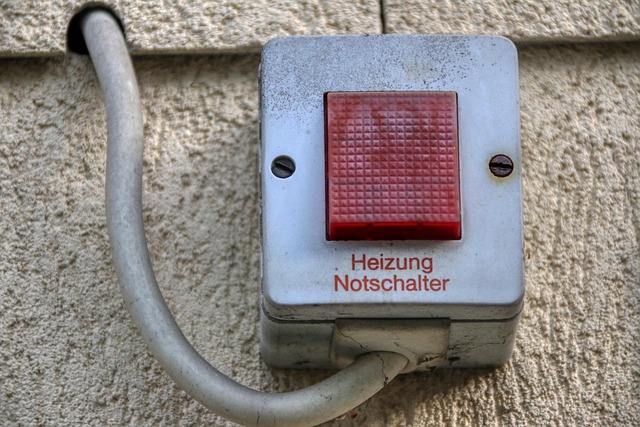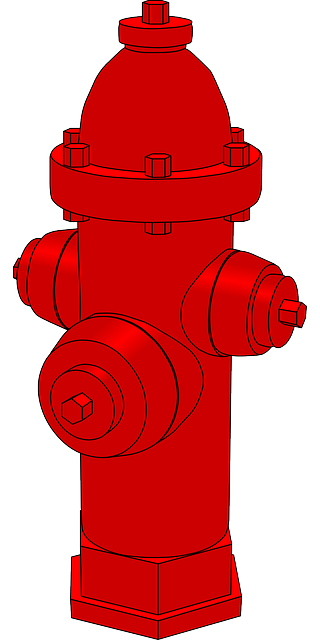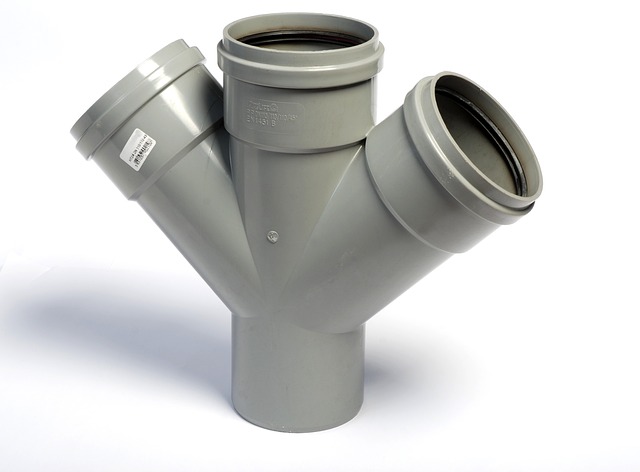Unclog Effortlessly: Top-Rated Drain Cleaners for Quick Results
API responded with status code 502.When it comes to tackling clogged drains, choosing the right prod…….

API responded with status code 502.When it comes to tackling clogged drains, choosing the right prod…….

To prevent frozen pipes, homeowners should insulate exposed pipes, maintain consistent warmth (at le…….

Sewer lines, often hidden, face deterioration from clogging, pipe cracking, and aging. Early identif…….

Tankless water heaters offer multiple benefits of tankless water heaters, such as on-demand heating…….

For optimal pool table setup and safety, hire professional pool table assembly services. They expert…….

To increase water pressure, start by checking fixtures and fittings for leaks or blockages, then ass…….

DIY pipe insulation is a cost-effective way to improve energy efficiency, prevent pipe damage from e…….

A running toilet wastes water and increases utility bills. Common causes include leaks in the flushi…….

Unpredictable shower temperatures, prolonged heating times, and hot water shortages are Signs You Ne…….